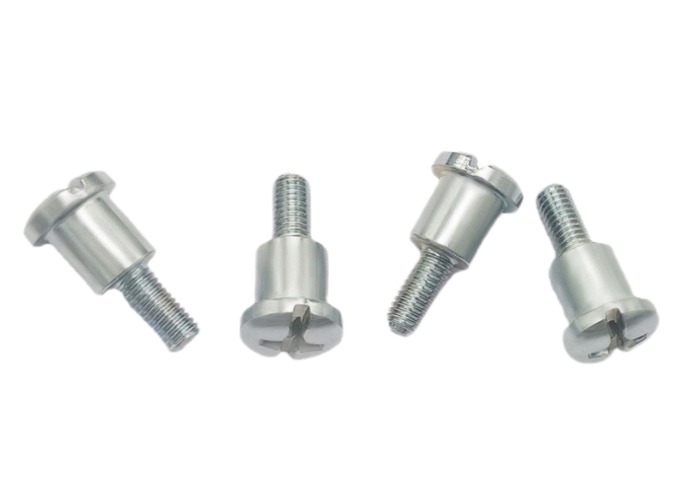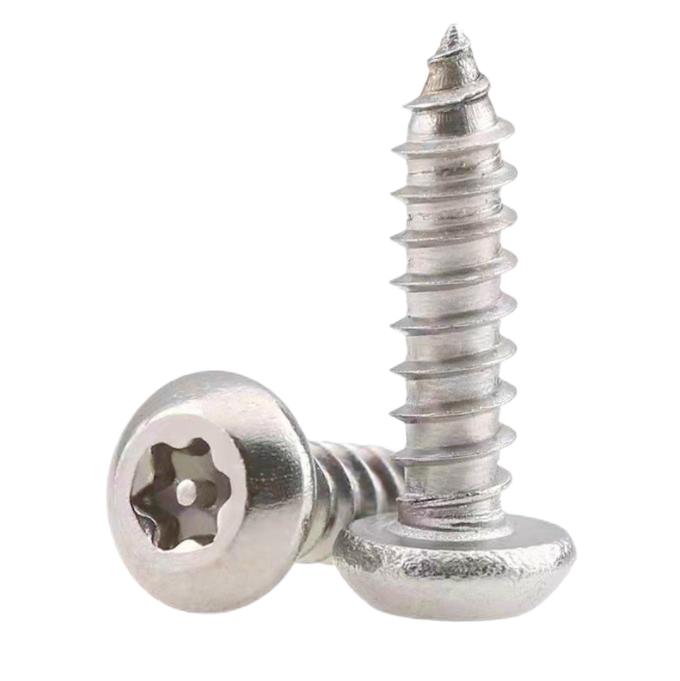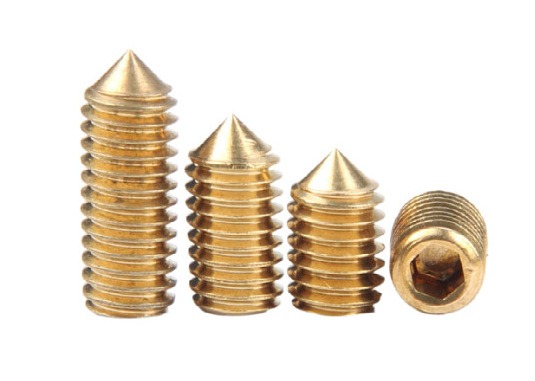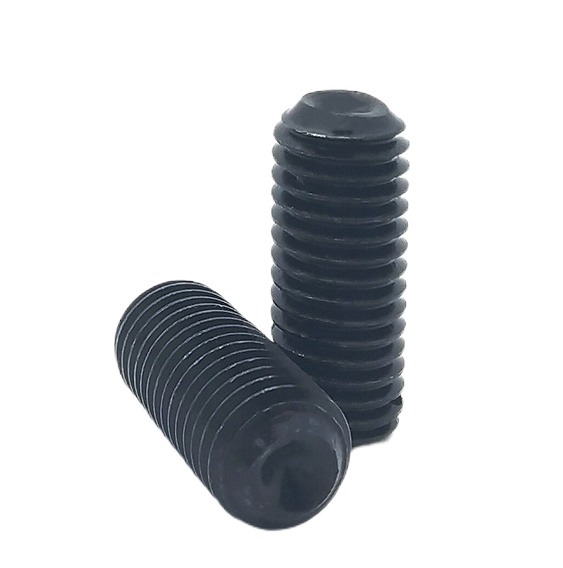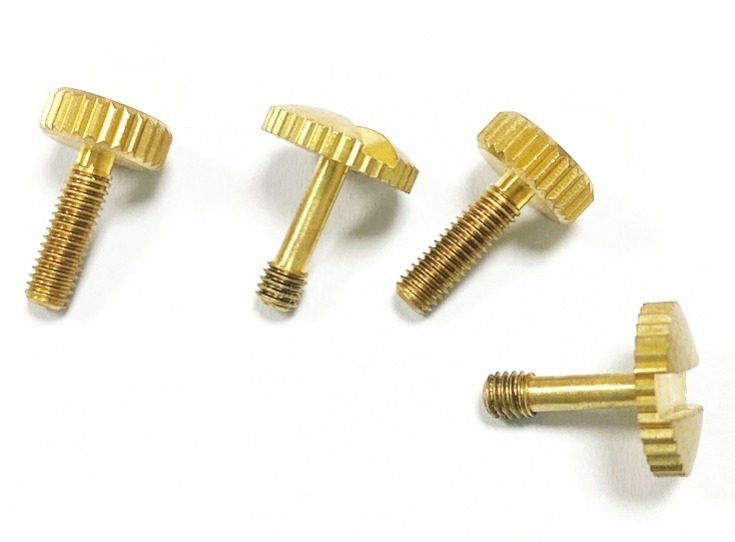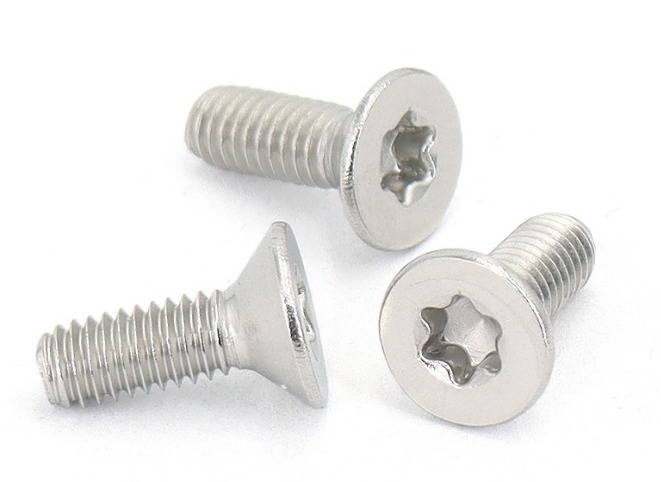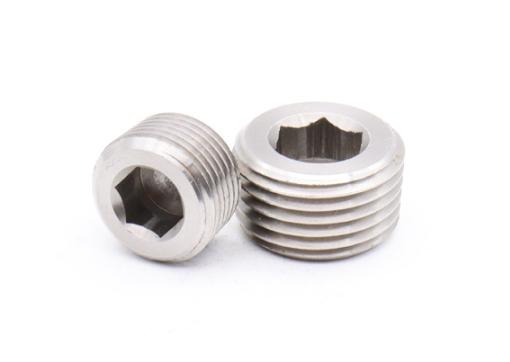What is Sheet Metal Stamping?
Sheet metal stamping s a popular and efficient manufacturing process that converts flat metal sheets into usable components. It entails using precise pressure and shaping processes to create complicated forms and motifs. Sheet metal stamping has become a favored technology in industries such as automotive, aerospace, electronics, and appliances due to its versatility, cost-effectiveness, and ability to manufacture enormous volumes. In this article, we will focus on the topic of what is sheet metal stamping, from its fundamental principles and equipment used to the various techniques, advantages, and applications.
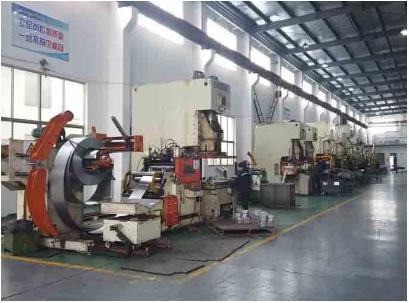
The Basics of Sheet Metal Stamping
Definition and Purpose of Sheet Metal Stamping
Sheet metal stamping, often known as press working or just stamping, is a manufacturing process that is used to shape, size, and design metal sheets. It entails applying force to the sheet metal with a stamping press or machine to deform it and generate the desired components.
Key Elements of Sheet Metal Stamping
Metal Sheets: These sheets, which are often formed of steel, aluminum, or other metals, are the principal raw material for stamping. They are available in a variety of gauges, which vary from thin foils to heavy plates.
Stamping Press: This sophisticated machine generates the force required to mold metal sheets. Stamping presses are available in a variety of sizes and configurations, including mechanical, hydraulic, and servo-driven models.
Tooling: Tooling is the collection of specialized components needed in the stamping process, such as dies, punches, and fixtures. These tools are intended to shape the metal sheets by applying force and distortion to them.
Lubrication: Lubricants are added to metal sheets and equipment during the stamping process to reduce friction and wear. They boost overall efficiency by facilitating the smooth passage of the material.
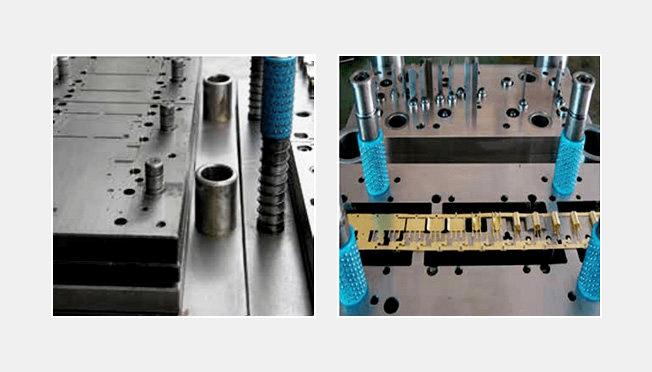
Objectives of Sheet Metal Stamping
- Creating three-dimensional components from flat metal sheets.
- In component manufacturing, achieving great precision and reproducibility.
- When compared to other manufacturing methods, increasing production efficiency and lowering expenses.
- Using automated procedures to meet large-scale production requirements.
- Components have high strength, longevity, and dimensional correctness.

Techniques and Processes in Sheet Metal Stamping
Blanking and Piercing
Blanking is the process of cutting off flat shapes from a metal sheet, whereas piercing is the process of making holes or cutouts. These operations are often carried out in the early stages of stamping to prepare the metal for further forming operations.
Bending and Forming
Bending is a popular technique in sheet metal stamping that involves deforming the metal sheet to achieve angles or curves. It entails applying force and reshaping the material with a punch and die set. In contrast, forming refers to the total process of shaping the metal into the required component through a mix of bending, stretching, and compressing.
Drawing
Drawing is the process of producing a hollow shape out of a metal sheet, often by drawing the material through a die with a punch. This technique is commonly used to create cylindrical or box-like components such as cans or enclosures.
Coining
Coining is a precision stamping method that is used to create components with defined features and strict tolerances. High-pressure compression of metal between carefully engineered dies produces a precise, highly detailed form.
Embossing and Engraving
Embossing is the process of generating raised designs or patterns on the surface of the metal, whereas engraving is the process of cutting or etching designs into the material. These approaches enhance the stamped components’ aesthetic and functional qualities.
Progressive Stamping
Progressive stamping is a high-efficiency method for combining many stamping processes into a single continuous process. It consists of a sequence of dies installed on a progressive stamping press, through which the metal sheet passes to gradually construct the final component. This method is appropriate for high-volume production since it assures consistency in quality and precision.

Advantages of Sheet Metal Stamping
Cost-effectiveness
Because of its great production efficiency, material usage, and automation potential, sheet metal stamping offers economic advantages. It enables the production of complicated components in a single operation, lowering labor costs and waste. Furthermore, the flexibility to employ low-cost raw materials and the availability of efficient stamping techniques help to reduce overall costs.
Design Flexibility
Sheet metal stamping offers tremendous design versatility, allowing the manufacturing of components with a wide range of shapes, sizes, and features. It enables the incorporation of intricate features into the design, such as embossed logos or detailed cuts. Furthermore, the usage of computer-aided design (CAD) software allows for quick changes and prototyping.
High Precision and Accuracy
Sheet metal stamping delivers remarkable dimensional precision and repeatability due to superior tooling and tight control over the stamping process. Dies and punches allow for the manufacturing of components with precise tolerances and consistent quality, satisfying the stringent needs of industries such as automotive and aerospace.
Strength and Durability
Because of the intrinsic qualities of the metal sheets utilized, stamped parts have outstanding strength and durability. Stamping deformation and work hardening lead to increased material strength and structural integrity, making the components suitable for demanding applications.
Rapid Production
Sheet metal stamping is a fast manufacturing method, especially when using progressive stamping or automated equipment. This enables high-volume production and short turnaround times, allowing new products to fulfill market demands while also lowering time-to-market.
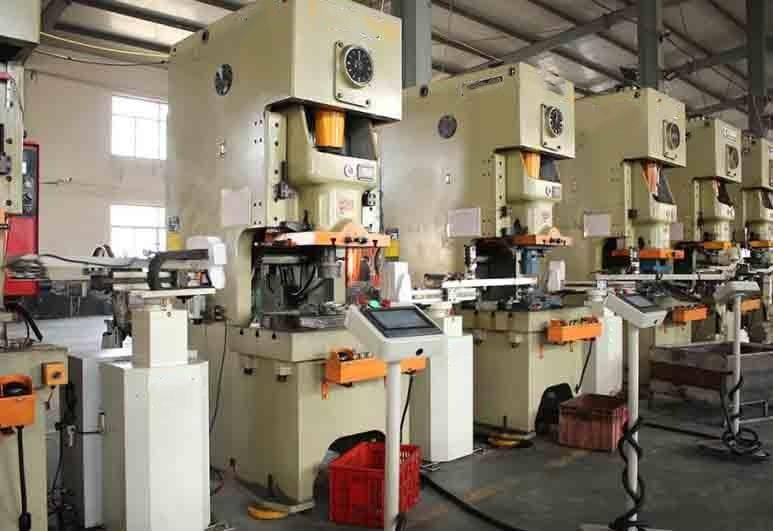
Applications of Sheet Metal Stamping
Automotive Industry
Sheet metal stamping is essential in the automotive industry, where it is used to make body panels, brackets, chassis parts, and engine components. The technique is very precise, strong, and cost-effective, and it meets the stringent standards of vehicle manufacture.
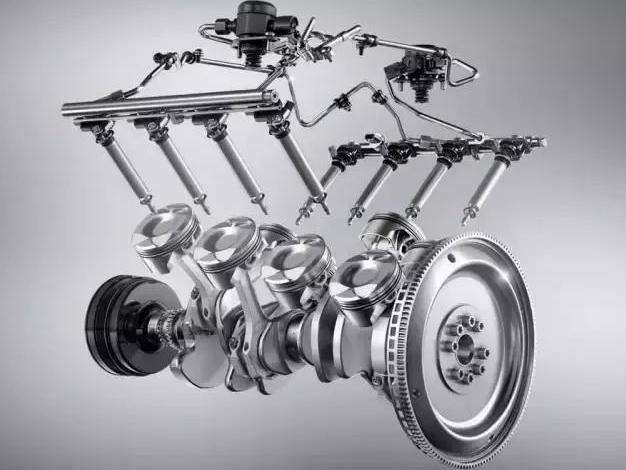
Aerospace and Defense
Sheet metal stamping is used in the aerospace and defense industries to make components such as aircraft structural elements, fuel tanks, brackets, and panels. The process’s capacity to produce lightweight yet sturdy components, as well as it’s precision and reproducibility, make it a perfect choice for these industries.
Electronics and Appliances
Sheet metal stamping is widely used in the manufacture of electronic and appliance components like enclosures, connections, heat sinks, and brackets. The process ensures precise dimensions, excellent electrical conductivity, and durability required for these applications.
Furniture and Construction
Sheet metal stamping is used in the furniture business to make metal furniture frames, brackets, and hardware components. Because of their robustness and design flexibility, stamped metal parts are employed in the construction industry in architectural features, fittings, and structural supports.
Consumer Goods
Sheet metal stamping is used to make consumer goods such as kitchen appliances, tools, toys, and ornamental items. Manufacturers prefer it because of its capacity to create complicated designs, high-quality finishes, and long-lasting products.

Summary
Sheet metal stamping is a versatile and low-cost production technology that has transformed various industries. Its capacity to turn metal sheets into complicated components with high precision, strength, and efficiency makes it important in the automotive, aerospace, and electronics industries, among many other industries. Sheet metal stamping continues to evolve as technology and automation improve, allowing for greater design flexibility, faster production, and higher product quality. Sheet metal stamping continues at the vanguard of modern manufacturing, driving the future of industry and innovation as demand for complex and bespoke components develops.

